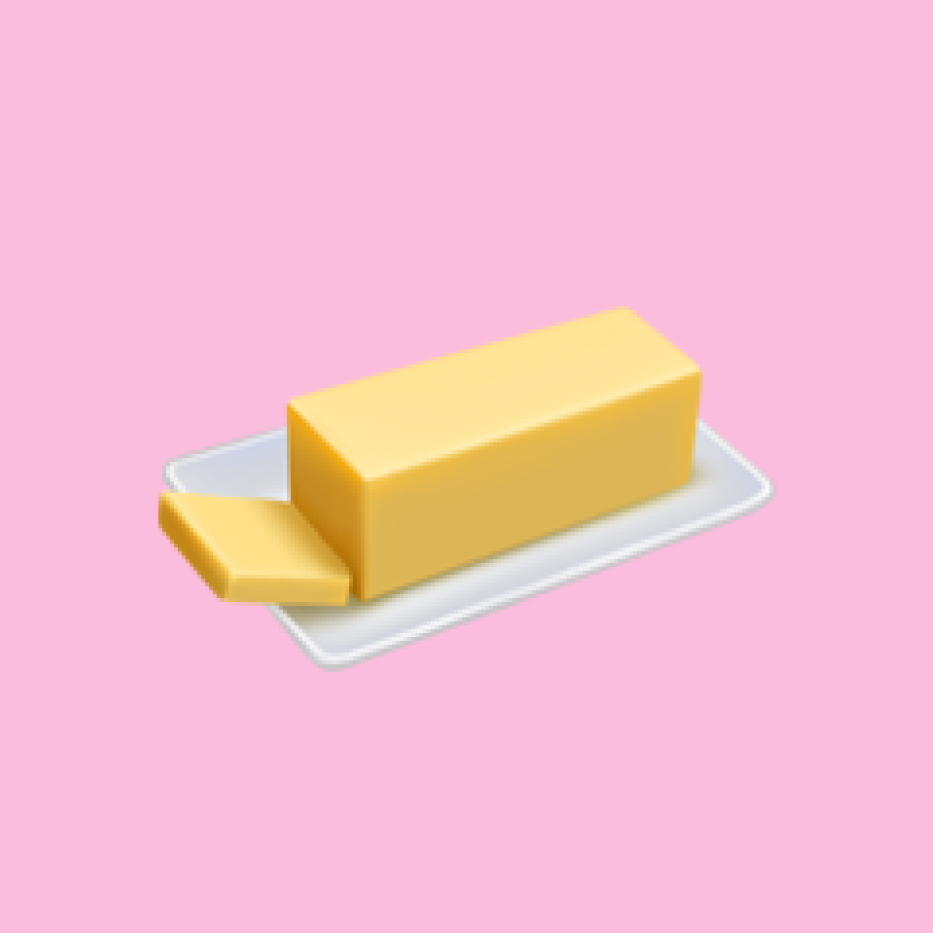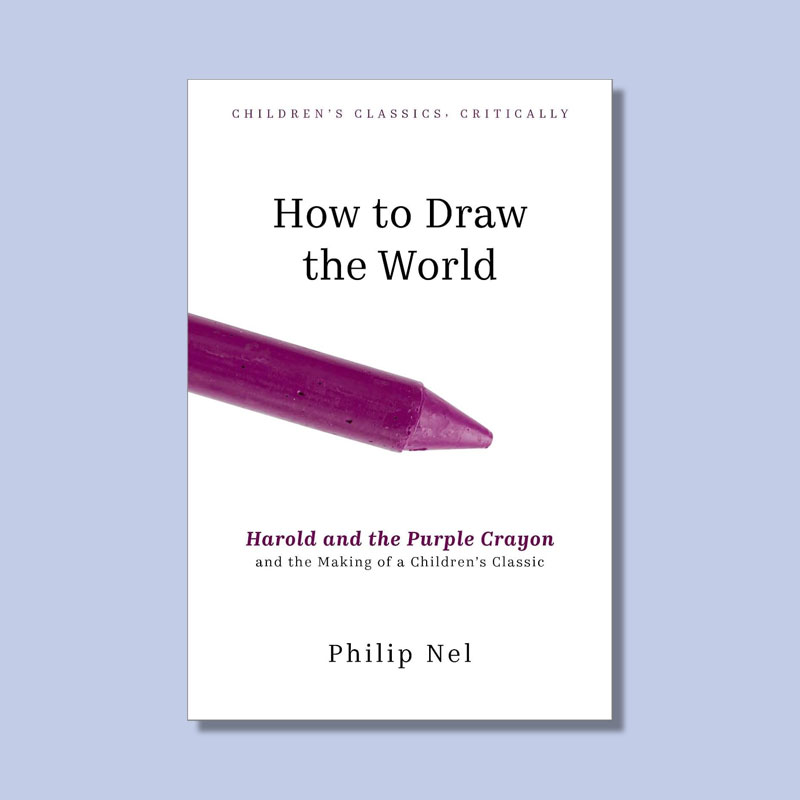Should you say "different than" or "different from"? | | Prepositional phrases can be tricky, but there are certain contexts when you should pick one version over the other. Let's explore this grammar question. | |  | Samantha Abernethy |
|
| |  | | H ow do you know when to use "different than" or "different from"? If you're at book club and you announce, "This book is different from anything I've read before," it will have the same meaning as if you said, "This book is different than anything I've read before." In most casual contexts, these phrases are interchangeable for comparing and contrasting topics.
But there are certain usages when one preposition is the better choice. If you want to compare two nouns or pronouns, use "different from." For example: "My haircut looks different from Rachel's haircut." We're comparing the appearance of one haircut to another.
"Different than" is acceptable when an additional word makes it awkward to use "from," or when it's introducing a clause: "I had a different experience than you did" or "She expected the cheesecake to be different than it was."
Some grammar sticklers argue that "different than" is incorrect because the use of "than" implies a comparison between two objects. It usually follows a comparative adjective, as in "larger than" or "more beautiful than." Other comparative adjectives include "higher" and "better" (not to be confused with superlative adjectives such as "highest, "best," and "most").
However, this grammar rule is outdated, and "different than" can be found in published works dating back to the mid-19th century. In fact, Charles Darwin used examples of both "different than" and "different from" in his landmark 1859 publication On the Origin of Species:
"Natural selection may modify and adapt the larva of an insect to a score of contingencies, wholly different from those which concern the mature insect."
"What can be more different than the immensely long spiral proboscis of a sphinx-moth, the curious folded one of a bee or bug, and the great jaws of a beetle?"
These examples technically swap how we use the prepositional phrases today, but, as we know, grammar guidelines shift over time. However, there is one more wrinkle to the issue at hand: British English uses "different to," but never "different than." If your audience is British, stick with "different from." |
| | Continue reading | |  |
| |
| | Advertisers help keep Word Smarts free | |
Emoji Decoded | |  | | Butter | | | Meaning: Displays a stick of butter, commonly used to indicate cooking or baking. Sometimes used metaphorically to describe something smooth or rich.
Evolution: The 2019 introduction of this emoji coincided with increased social media food content and viral cooking trends, particularly during the sourdough/baking boom of 2020.
Usage: [Comment on a recipe share:] This recipe passes the butter test 🧈 |
|
 | | Butter | | | Meaning: Displays a stick of butter, commonly used to indicate cooking or baking. Sometimes used metaphorically to describe something smooth or rich.
Evolution: The 2019 introduction of this emoji coincided with increased social media food content and viral cooking trends, particularly during the sourdough/baking boom of 2020.
Usage: [Comment on a recipe share:] This recipe passes the butter test 🧈 |
|
| |
Have you read? | |  | | How to Draw the World | | By Philip Nel | | "Nel's interest in the picture book 'Harold and the Purple Crayon' began five decades ago, when he encountered the book as a child. … Nel traces the book's origins, evolution, and cultural effects, beginning with the premise that picture books should be treated as works of art. He writes, 'As one of our earliest aesthetic experiences, picture books shape our perception of what art is and why it matters.'" | | | | Kirkus Reviews | | | | We independently evaluate all recommended products and services. If you click on links we provide, we may receive compensation. |
|
 | | How to Draw the World | | By Philip Nel | | "Nel's interest in the picture book 'Harold and the Purple Crayon' began five decades ago, when he encountered the book as a child. … Nel traces the book's origins, evolution, and cultural effects, beginning with the premise that picture books should be treated as works of art. He writes, 'As one of our earliest aesthetic experiences, picture books shape our perception of what art is and why it matters.'" | | | | Kirkus Reviews | | | | We independently evaluate all recommended products and services. If you click on links we provide, we may receive compensation. |
|
| |
| | Advertisers help keep Word Smarts free | |
|
![]()
![]()
![]()
![]()
0 Comments:
Post a Comment
<< Home